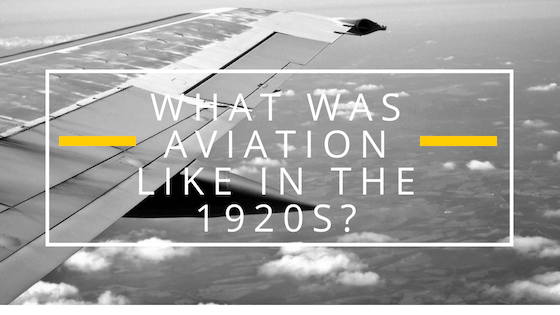“The history of astronomy,” Edwin Hubble said in 1925, ‘‘is a history of receding horizons’’ — and even as the noted astronomer marveled at the colossal advances in his field, a segment of the population busied itself in an enterprise a little closer to home.
World War I had ushered in the development of airplanes and industrialists of the 1920s set about to refine their capabilities in flying longer distances and carrying heavier loads. The country’s first fixed-wing commercial airline had been in operation since 1914, featuring a ‘‘wood and muslin biplane flying boat’’ — but by the end of the war four years later, the U.S. had a surplus of pilots, hailing the industry through everything from stunt flying to deliveries of bags of mail.
In 1918, the United States Postal Service won government backing to experiment with airmail delivery — but a track record littered with accidents led to the U.S. Army’s creation of its own service, which also proved unreliable. The postal service entered the picture again in the mid-1920s, operating a 12-stop mail network between New York and San Francisco.
1925, however, saw a boom in passenger service, as the Ford Trimotor, the first successful American airliner. Simultaneously, commercial aviation pioneer Juan Terry Trippe would found Pan American World Airways, linking the U.S. to Cuba and, later, several trans-Pacific destinations. Trippe hailed the development as a road to world peace.
Planes seemed to fill the skies, with metal replacing tenuous wood and muslin construction material. U.S. manufacturers built 4,600 planes in 1928, leading Henry Ford to predict a wave of consolidation in the industry.
Meanwhile, pilots such as Charles Lindbergh and Amelia Earhart would steal the country’s hearts. Lindbergh’s groundbreaking New York-Paris solo nonstop flight in 1927 marked an era of celebrity in pilot science, while Earhart became the first female to cross the Atlantic and the English Channel. Cities and towns would turn out to greet the record-setting fliers, including naval Rear Admiral Richard Byrd, who discovered previously unknown parts of Antarctica through aerial photography.
Altogether, aviation saw stunning growth in the America of the 1920s. What started as a central wartime element would evolve into an indispensable industry, replete with a built-in celebrity quotient that fires the imagination even today.

